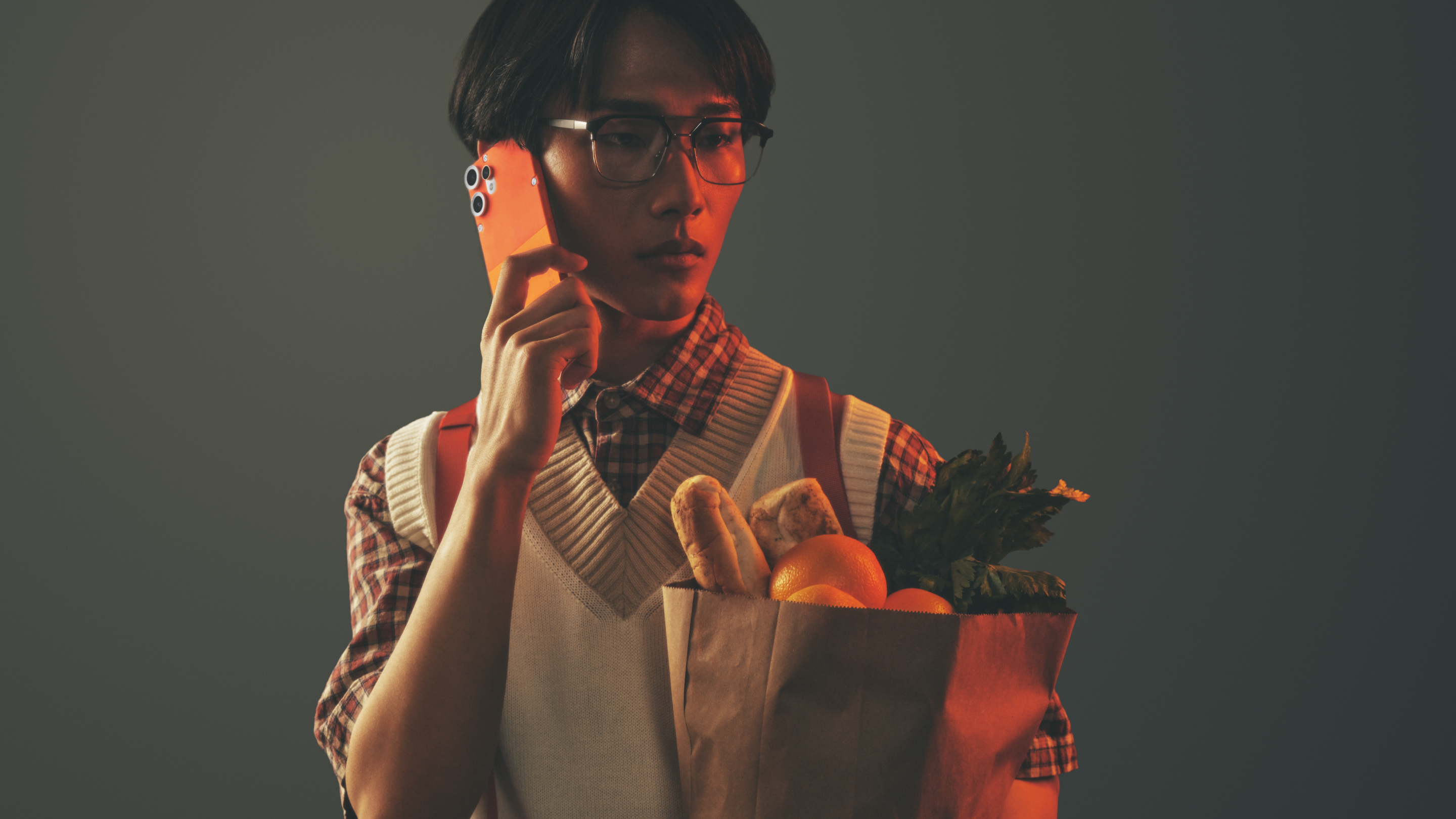"AI will take work, it will probably not take jobs, at least not immediately," says leading typographer Charles Nix
Monotype's senior executive creative director reflects on how AI is affecting the type world.
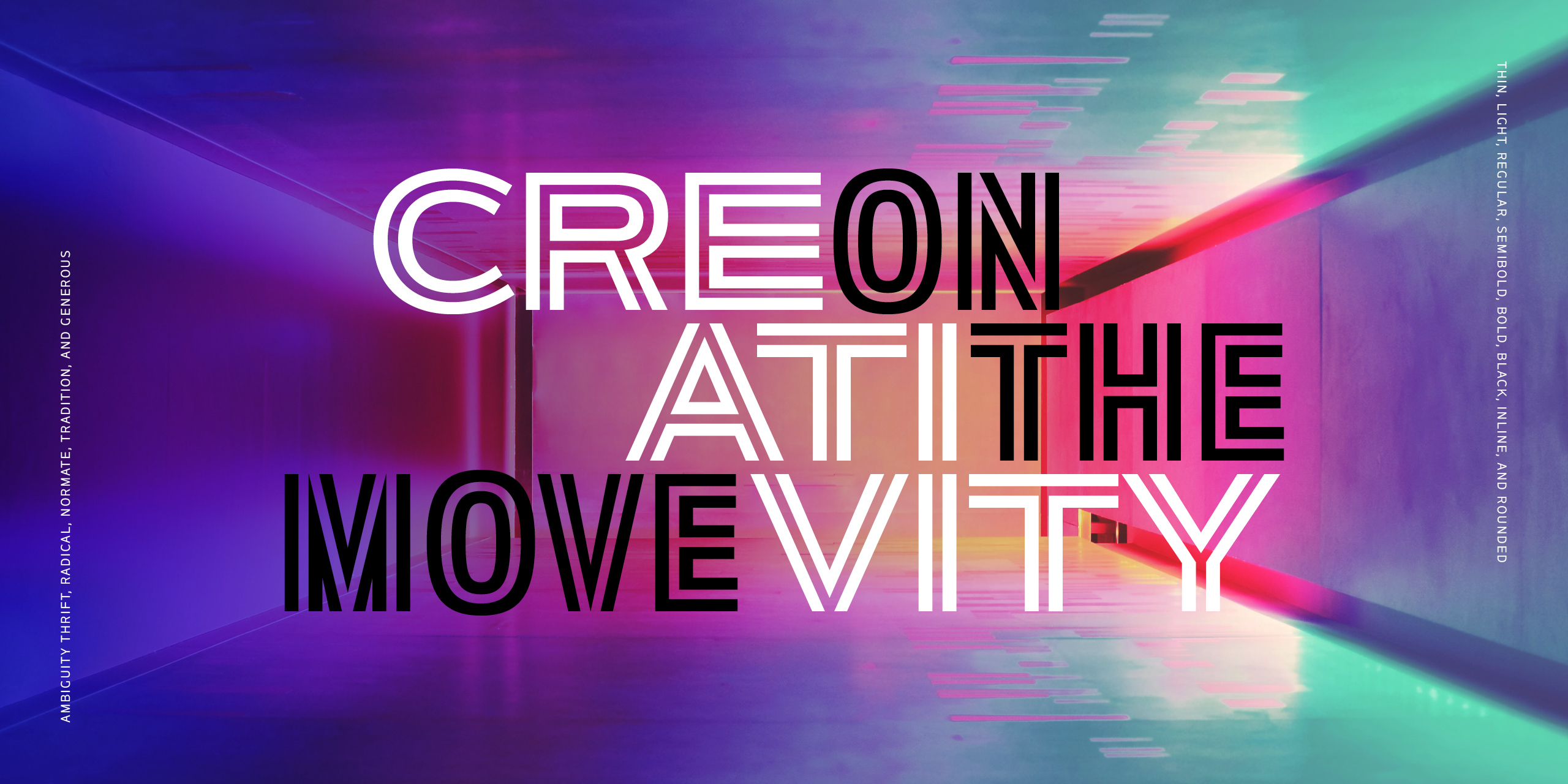
Monotype recently released its latest trends report, which is packed full of insight on the world of typography right now, as well as where we're headed, and includes sections on AI and creativity, freedom, law and order and typography and the environment.
Off the back of the report, I caught up with Monotype's senior executive creative director, Charles Nix, to discuss the worlds of AI, typography, the history of type and what this next stage might bring.
To read Monotype's full report, download it here, and for more on type throughout history, see our typography throughout the decades series.
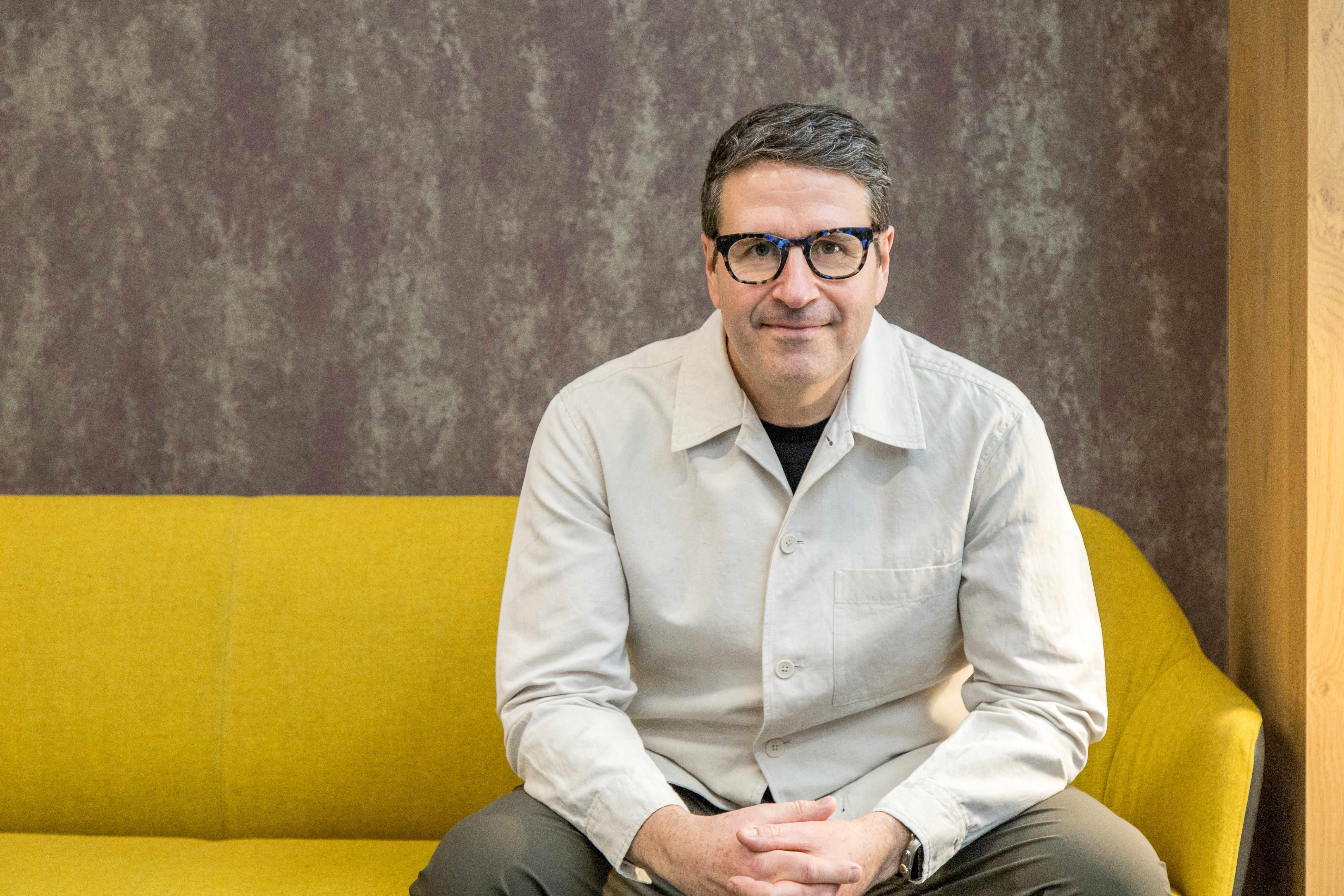
How useful is AI in typography?
The story is yet to be completely written with AI and typography, but at Monotype, we're looking at a couple of different things. Over the past 25 years, the number of typefaces in the world has increased dramatically on a scale of around 10 to 20x. So if you think of the turn of the century having roughly 20,000 digital files in the world, and now we're probably globally approaching closer to a million or a million plus.
We all set type daily and we all interact with type throughout the year
AI can help us to navigate the bounty of typefaces as we move into the third decade of the 21st century. When you have that many digital typefaces, it's often hard to find the one that you need. AI will help us to sort metadata, assign metadata, and make the discovery process much more seamless for the end user, because the end user has changed quite a bit in the 21st century. In the 20th century, typography was a highly specialised field, but in the 21st it's for everyone. We all set type daily, and we all interact with type throughout the year.
Now, the moment you wake up and text somebody, you're engaged in the act of type setting. You're using a typeface to encode the language and thoughts that you have and to send them to someone else. So it's encoded language for communication, and some of it's conscious. Sometimes we know that we're choosing typefaces and using typefaces with purpose through typography. And sometimes it's very functional typography, pre-existing machines for setting types that don't allow you much choice, but still engage you in the act of typography for communication. And we all do it. My mum, me and my wife, our children, and everyone that we know has a phone and sets type probably dozens, if not hundreds of times a day. It's crazy.
One of the other things that we're doing with AI at Monotype is helping generative AI deal with its inability to show true typography, so it tends to hallucinate when it tries to produce type and words. And we're developing technologies that will allow generative AI to see actual typefaces and to set actual type. And of course, there are the other nascent efforts throughout the world and different technology companies to create typefaces using AI, but we feel like with the number of typefaces in the world right now, that's not the most pressing issue.
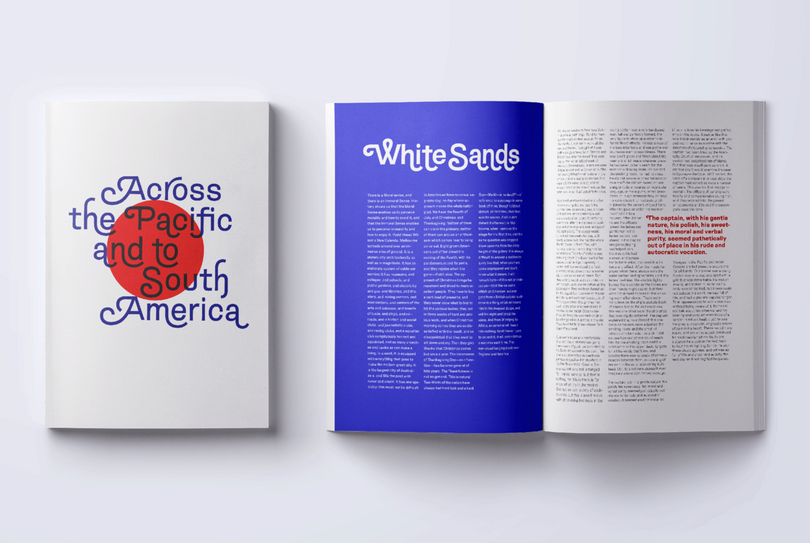
Is AI going to take jobs in typography?
It will take work. It will probably not take jobs, at least not immediately. There are a lot of aspects of type design that are highly repetitive, time-consuming tasks. I'm thinking about the fitting and kerning of typefaces, the extending of typefaces into global scripts, the number of non-alphabetic and numeric characters that exist in a typeface. A lot of these things take a lot of time, but aren't at the heart of the creative aspect of type design. And the idea of them being automated is probably a welcome thing for a lot of type designers. But I think the true creative aspect of it will still, for a long time, be the realm of actual human designers.
What is the role of human creativity nowadays?
This trends report is an introduction to what we're doing throughout the rest of the year, and one of the first activations that we're doing around the themes in the report is around typography and AI, and that's the Human Types project. And what it looks at is precisely that question: what is it that we bring to the equation that a machine or machine learning or artificial intelligence won't ever be able to replicate? We've engaged three type designers with very different points of view to put that question to them. We don't pretend in the report to have all the answers, we know we're going to get three very distinct views of what that looks like.
But one of the overarching ideas is that humans are the sort of creative chaos in a system, we are the ones who question and bring about different modes of thought by wanting to act in a contrary nature or a chaotic nature. Creativity is not a linear path. It's a path or a journey that begins without knowing where it's going to end. And I think that is the thing that we'll continue to bring to the creative equation.
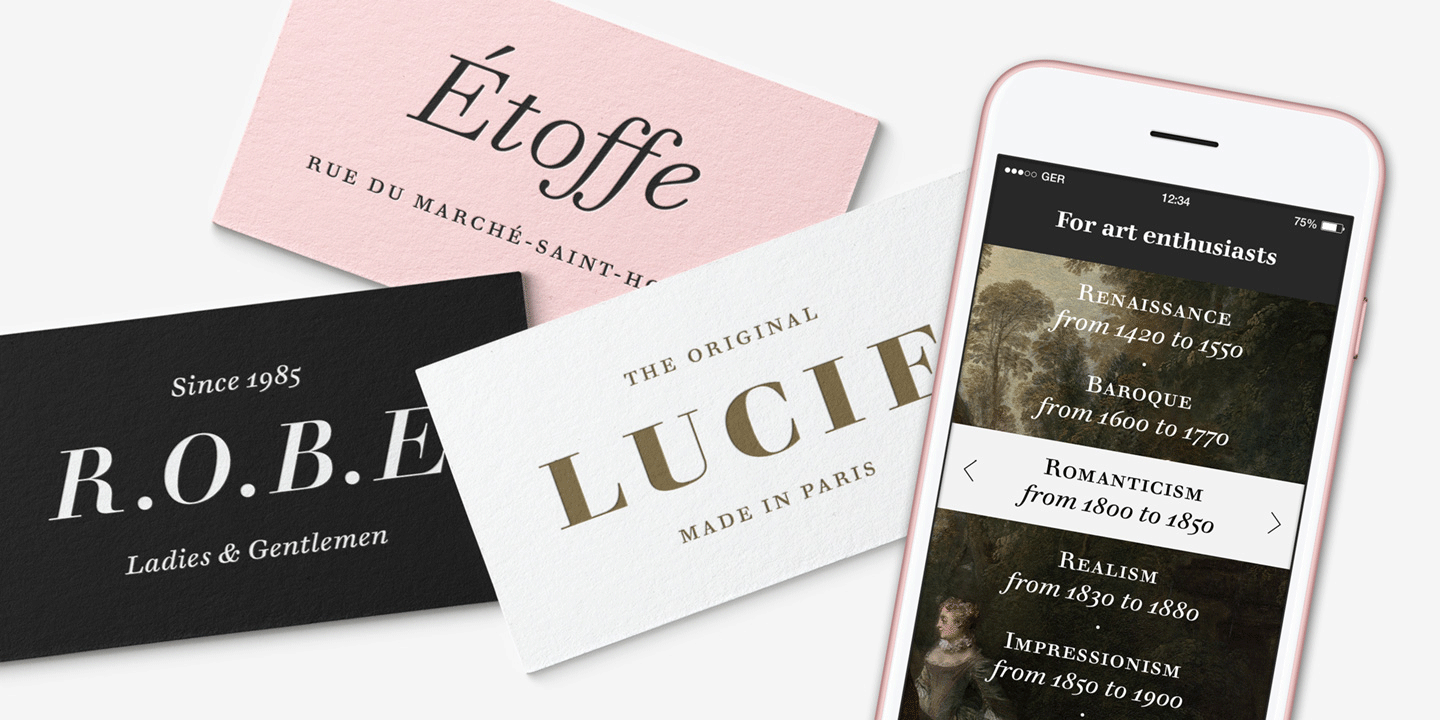
How do you see AI and the role of creativity evolving?
Right now, I am concentrating on the here and now. The story of typography over the last 600 years has been about this conversation between the typefaces themselves, the thing that we look at and read, and the technology that allows that to be made. So at the very beginning it was metal type, and then it evolved into machine set metal type and then into photo and then into digital.
I see AI and typography as being a continuation of that sort of ‘technology plus art’ narrative arc. The ways that it will affect typography are probably along the same triumvirate that has defined typography in the first 600 years, which is the form of type, how type is made, and the use of type – of being able to choose type, being able to use type well, to choose type appropriately, to pair type, to space type – all of the things that sort of govern what happens after we finish making type. We make type and put it out into the world, and then what happens with it is the domain of designers and brands and creative people all over the planet.
I do think it's going to be an overarching and important evolution, but I can't say precisely what it is yet
So I think that typography in the future will affect that history, the form and the use of typography. It'll affect the lens with which we look at the past and sort of envision the future. It will affect the way that we make type and distribute type and sell type. It will affect the way that we choose type and use type. And it'll probably eventually have an effect on the way that type is read or received. I do think it's going to be an overarching and important evolution, but I can't say precisely what it is yet.
Get the Creative Bloq Newsletter
Daily design news, reviews, how-tos and more, as picked by the editors.
Find out more about Monotype.

Thank you for reading 5 articles this month* Join now for unlimited access
Enjoy your first month for just £1 / $1 / €1
*Read 5 free articles per month without a subscription

Join now for unlimited access
Try first month for just £1 / $1 / €1

Rosie Hilder is Creative Bloq's Deputy Editor. After beginning her career in journalism in Argentina – where she worked as Deputy Editor of Time Out Buenos Aires – she moved back to the UK and joined Future Plc in 2016. Since then, she's worked as Operations Editor on magazines including Computer Arts, 3D World and Paint & Draw and Mac|Life. In 2018, she joined Creative Bloq, where she now assists with the daily management of the site, including growing the site's reach, getting involved in events, such as judging the Brand Impact Awards, and helping make sure our content serves the reader as best it can.
You must confirm your public display name before commenting
Please logout and then login again, you will then be prompted to enter your display name.
